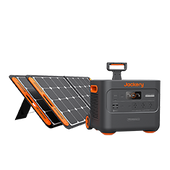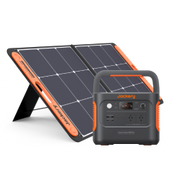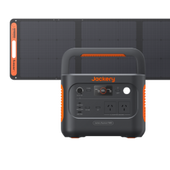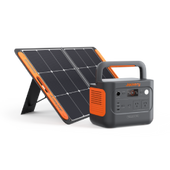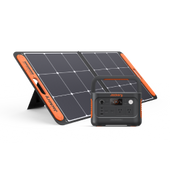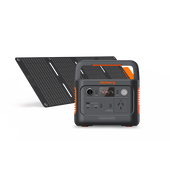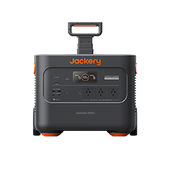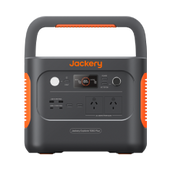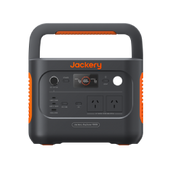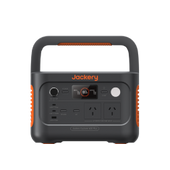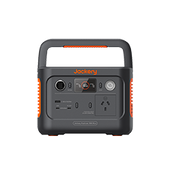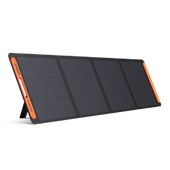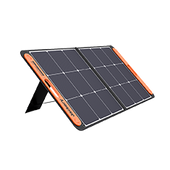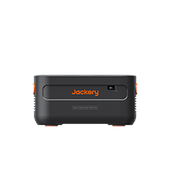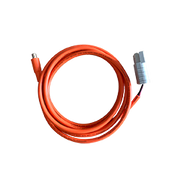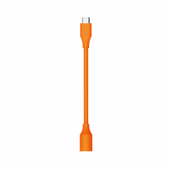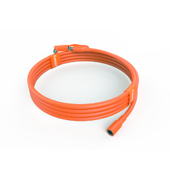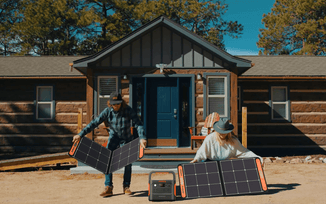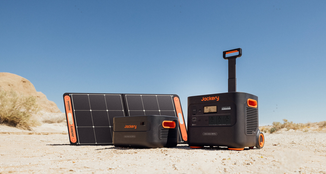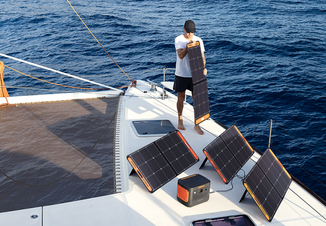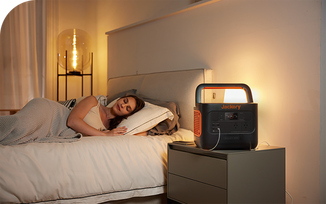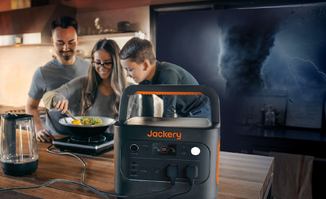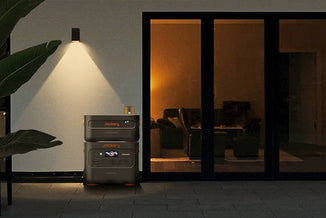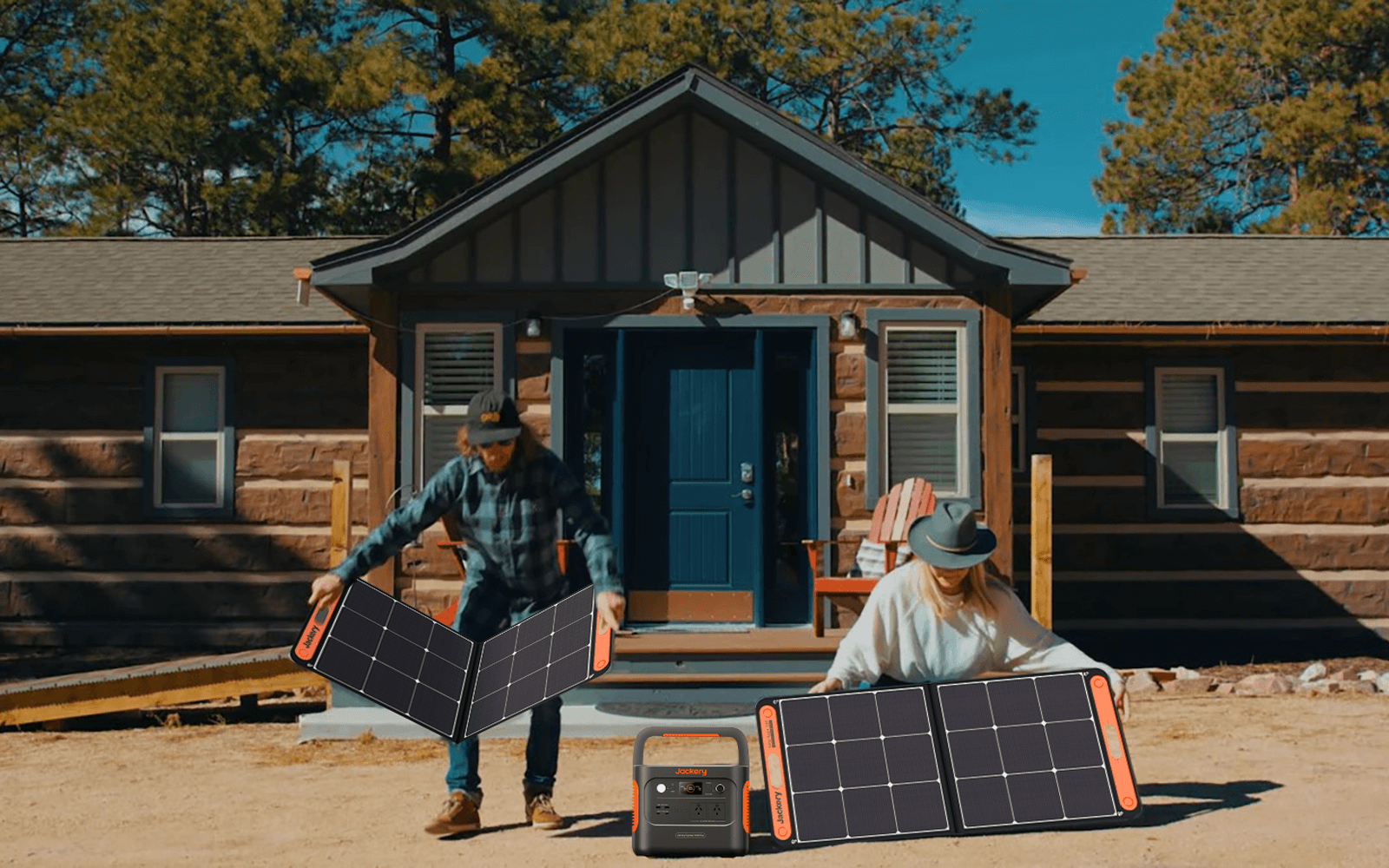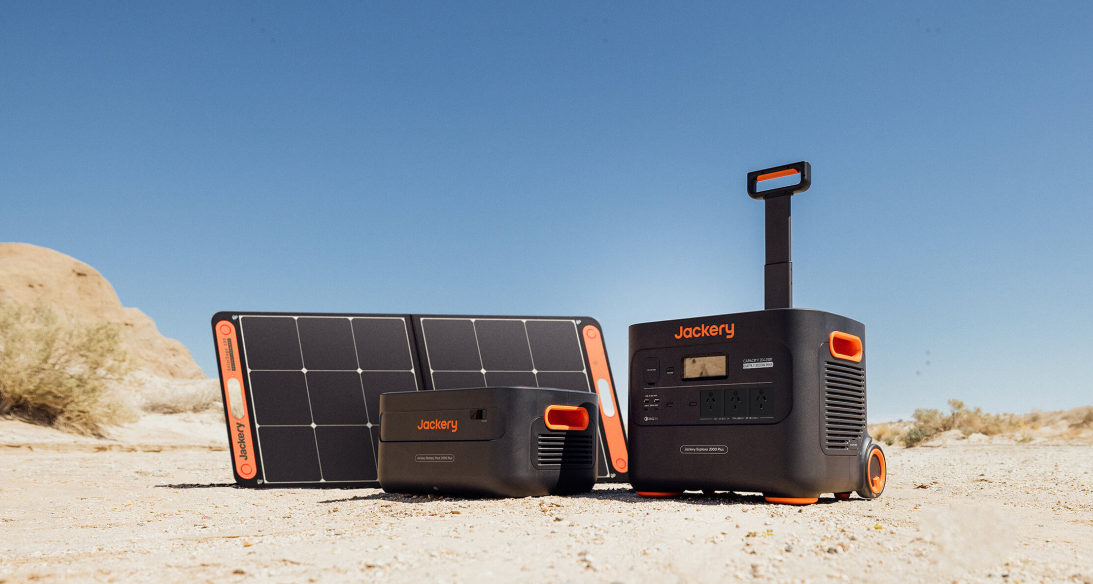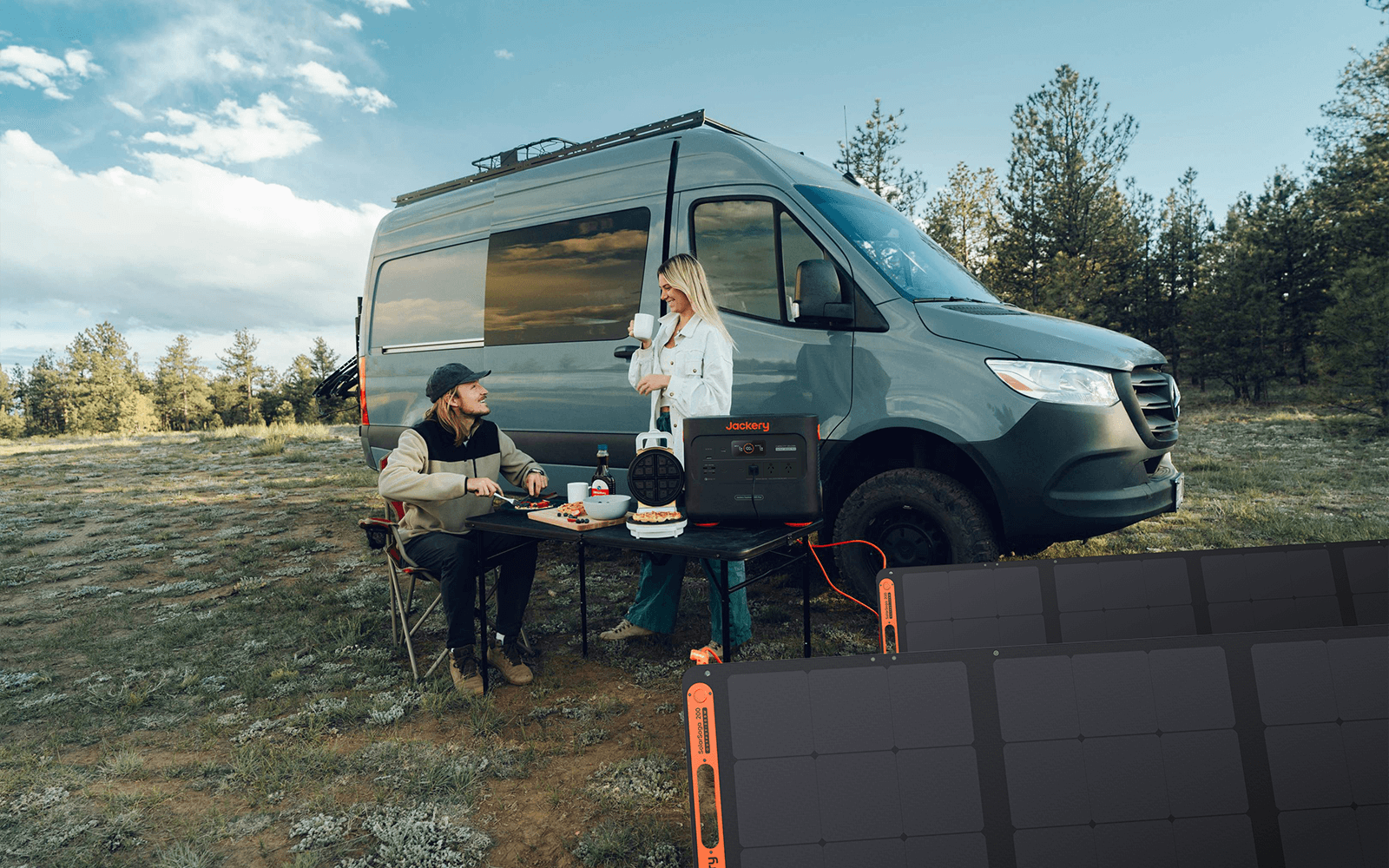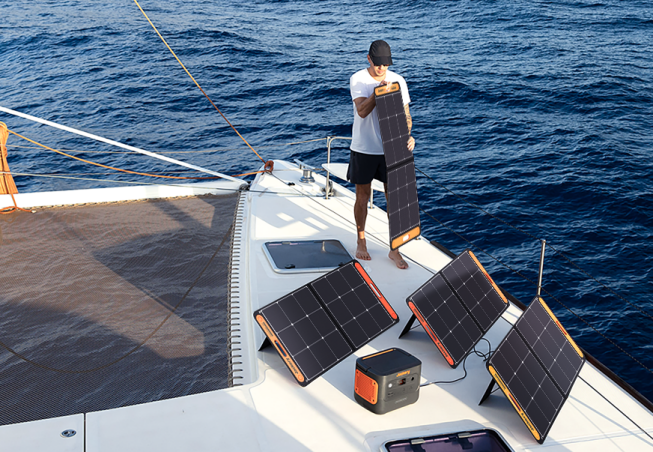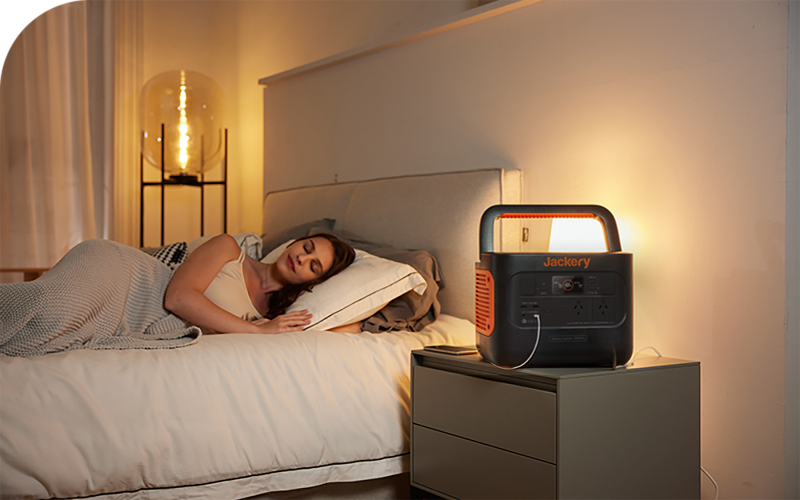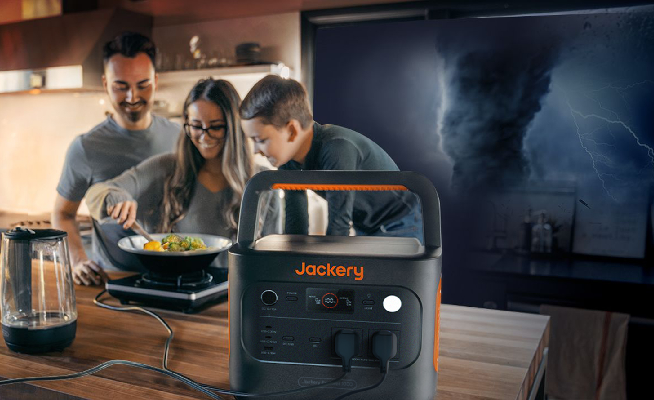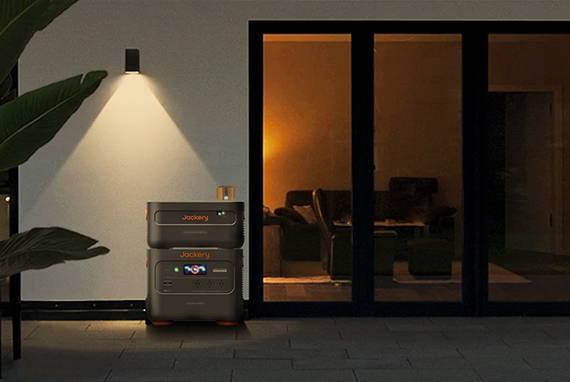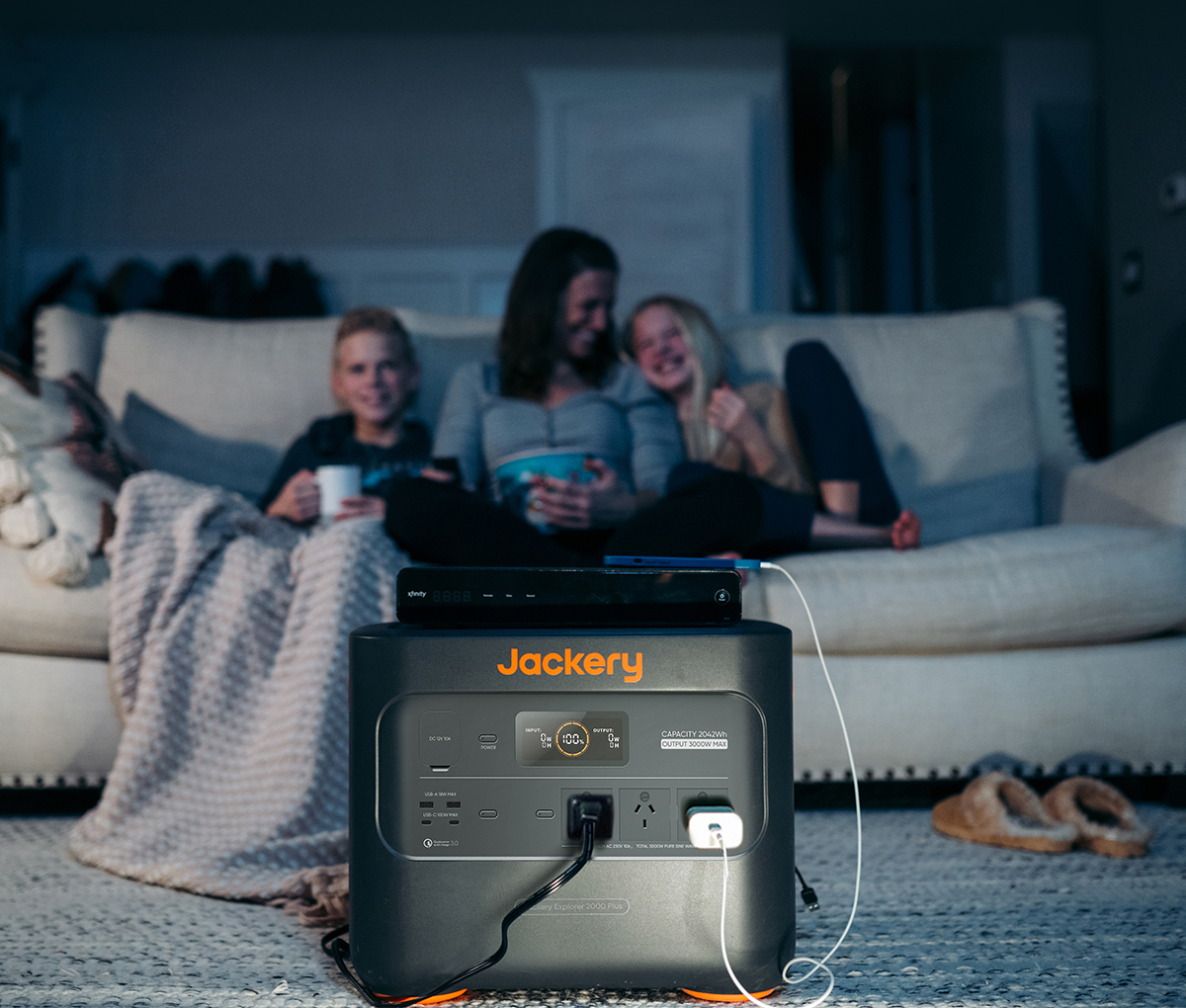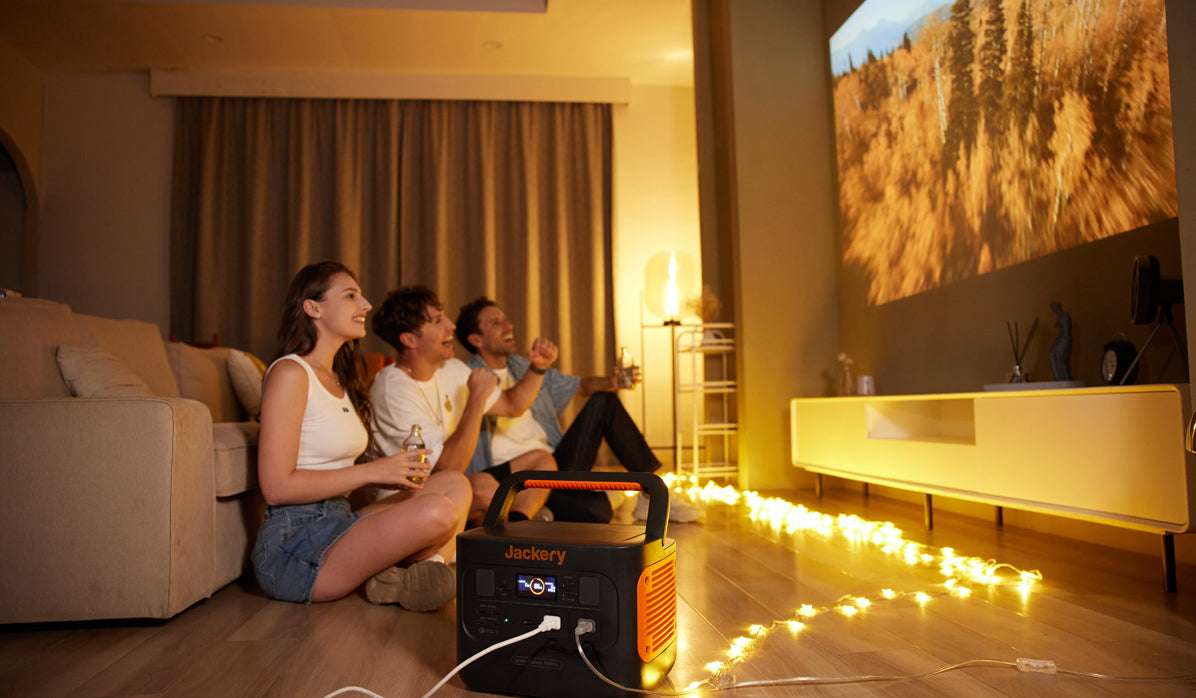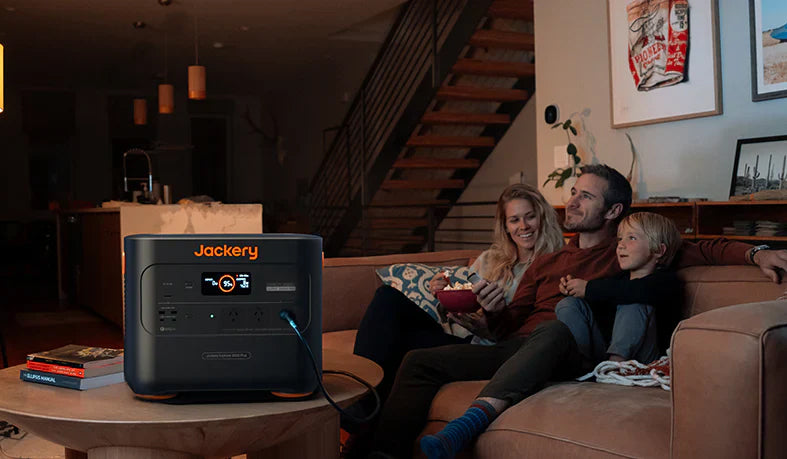Key Takeaways
· The amount of detached electricity varies in magnitude in relationship to the type and size of television sets.
· Between 50W and 200W is the range of the mean power consumption.
· As a supplier of clean energy solutions for TV, a Jackery Explorer portable power station proves reliable.
How Many Amps Does A TV Use?
1. What Are Amps, Watts, and Volts?
Every one knows too well that amps are the current or, rather, the amount of charge flowing through an element per second. Watts, however, does not stand for power but reflects the power consumption rate in an electrical appliance or a system as a whole. They tell how much energy the device needs to operate. There are also volts, which are the pressure or force causing electric charge to flow through a conductor. Volts-hence is the reason why people say that whereas elephant is the push, coriander is the flow and broccoli is the rush. Watts is the rush on the flow … consisting of voltage.
Amps = Watts / Volts
The connection between these concepts and their respective values is simple and fundamental to studying energy. These quantities may simply be related through the equation:
Amps = 150 / 120 = 1.25 amps
For example, if the load delivers 150 watts of power and runs at a voltage of 120, the current used on the load can be determined as:
The above derivation shows how alterations in the values of wavelength at a constant circuit resistance directly impact the power (eyes). For example, as power goes up, more of the current demand rises, and the other way around, less of the current is requested (from the same power).
Jean A enters a 100-watt direct current ratio, then operates under 110 V five-watt residual power that works at 1 fifteenth of a second. Permits are a significant part of constructing and selecting electrical appliances and television sets, particularly to avoid potential problems and increase effectiveness.
In conclusion, Amps = Watts / Volts.
2. TV Wattage and Yearly Electricity Consumption
|
TV Wattage |
Hours Per Year Run |
Yearly kWh Of Electricity |
|
50 W |
1,095 |
54.75 kWh |
|
75 W |
1,095 |
82.13 kWh |
|
100 W |
1,095 |
109.5 kWh |
|
125 W |
1,095 |
136.9 kWh |
|
150 W |
1,095 |
164.3 kWh |
|
175 W |
1,095 |
191.6 kWh |
|
200 W |
1,095 |
219 kWh |

3. Different TV Sizes and Power Consumption
Understanding how many amps a TV uses is crucial when evaluating the power requirements of different TV sizes and models. This knowledge allows users to manage their energy consumption efficiently and choose appropriate power solutions, especially for outdoor or emergencies.
· 32-inch TV: Uses around 0.5 amps. Smaller TVs generally consume less power, making them an excellent choice for energy-conscious users. They are ideal for compact spaces like kitchens, dorm rooms, or small apartments where energy efficiency is a priority. Additionally, their affordability and minimal power draw make them suitable for people with limited budgets who still want quality entertainment.
· 55-inch LCD TV: Uses approximately 1.2 to 2 amps. This size balances screen real estate with moderate energy consumption, making it popular for living rooms. How many amps does a 55 inch lcd tv useIn the area where they work, their amp needs are higher, and they have very few excellent features, such as LED lighting or a new display system. In that case, the answer highlights how these models are perfect for family movie nights or gaming setups, offering performance and power savings while keeping energy usage in check.
· 65-inch TV: Consumes around 2.5 amps. Larger screens like these are preferred for home theatres or expansive spaces where immersive viewing experiences are desired. They need slightly more amps; it can be LED lightning acceptance introduction and modern screen algorithms. In this form, the TV is mostly accompanied by additional sound support systems such as home theatres for a near-theatre viewing experience.
· 12V TV: Uses around 3 to 5 amps. These TVs are specifically designed for RVs, boats, and off-grid setups where portability and efficiency are essential. Their higher amp usage stems from their need to run directly on a 12-volt battery system, which provides flexibility in remote locations. Knowing the requirement of how many amps a 12v TV uses is important for preparing energy consumption when other power sources, such as portable power stations, are involved. Although these types of televisions consume a lot of power, there is no camping or any kind of wilderness adventure without them.
4. Calculating Amps
Calculating the amps a TV uses is a straightforward process, but it's an essential step in understanding power requirements and ensuring safety. Amps, as previously explained, measure the flow of electricity, and knowing this value helps in choosing compatible devices and power stations. To calculate the ampere value of a TV, you can use the following formula:
Amps = Watts / Voltage
For instance, if you have a TV with a wattage of 150W working with a standard voltage of 120V, the calculation would be as follows:
Amps = 150 / 120 = 1.25 amps
This method works for any TV wattage and voltage combination, making it versatile. For instance, a 100W TV at 240 volts would use:
Amps = 100 / 240 = 0.42 amps
The calculation shows that higher voltage systems result in lower amp usage for the same wattage, an important consideration for energy efficiency. Furthermore, understanding how many amps a TV uses enables users to estimate the circuit load. For example, suppose a home circuit is rated at 15 amps. In that case, multiple devices can be connected until the combined amp usage approaches but does not exceed that limit.
Moreover, TVs of varying sizes and technologies consume power differently. When compared with both LCD and plasma screens, LED TVs deliver better efficiency and performance. Consumers who understand amp calculations possess the ability to decide wisely about both TV purchases and portable station compatibility.

How Much Does It Cost to Power A TV?
1. Running Costs of a TV
|
TV Size |
50-Inch |
55-Inch |
60-Inch |
65-Inch |
70-Inch |
|
Average Wattage |
108W |
118W |
131W |
148W |
163W |
|
Electricity Cost Per Day (5 hours) |
$0.07 |
$0.08 |
$0.09 |
$0.10 |
$0.11 |
|
Electricity Cost Per Week |
$0.49 |
$0.56 |
$0.63 |
$0.70 |
$0.77 |
|
Electricity Cost Per Month |
$2.10 |
$2.40 |
$2.70 |
$3.00 |
$3.30 |
|
Electricity Cost Per Year |
$25.60 |
$29.20 |
$32.90 |
$36.50 |
$40.15 |
2. Tips to Save Money
· Reduce screen brightness to lower power consumption significantly. Modern TVs often come with advanced brightness settings, which can be adjusted without compromising picture quality. Lower brightness also prolongs the life of the TV screen.
· Use the power-saving modes that are available on most modern TVs. These modes are specifically designed to optimize energy use by automatically adjusting settings like brightness, contrast, and refresh rates.
· It is recommended that you take the necessary precautions to save energy by simply pressing the TV's power button when it is not in use. Do not leave a TV, for instance, in standby mode; either unplug it completely or, better still, turn it off and avoid use for a long period.
· If the TV is someone efficiently switched off, remember that most other attached devices, such as gaming consoles and sound systems, among others, will also encourage energy consumption. Hence, they, too, should be kept off when the user does not need them.
· Utilize a compact power unit named Jackery more often. This brand's extraordinary compact power units are capable of discharging and charging TVs and other equipment in the wake of a power interruption or when travelling due to their efficiency. This can be made even more beneficial with the use of attachable solar panels due to the scanty availability of the equipment and economic concerns.
Jackery Portable Power Stations for TVs
Portable and versatile, they are excellent choices for powering entertainment systems in remote areas or during blackouts. In emergencies, having a reliable power source means staying informed through news broadcasts or enjoying a sense of normalcy with your favourite shows. Their portability and efficiency make them indispensable for modern outdoor and emergency setups.

Jackery Explorer 1000 Plus
· Capacity: 1264Wh, offering sufficient energy for multiple devices, including large TVs.
· Battery Cell: High-quality Li-ion NMC for reliability and long life.
· Cycle Life: Over 4000 cycles, ensuring durability for years of usage.
· Recharging Methods: Supports solar panels, AC wall charging, and car charging, making it adaptable to various situations.
· Input/Output: Several USB hubs, AC connectors, and DC sockets are needed for easy connection with other devices.
Customer Review: "I powered my 55-inch TV during a camping trip. The battery lasted all night! Plus, it had enough juice to charge my phone and run a small fan. Highly recommended!"
Jackery Explorer 600 Plus
· Capacity: 632Wh, making it a versatile option for medium-sized devices like projectors, small refrigerators, and fans.
· Battery Cell: Built with high-grade Li-ion NMC cells, ensuring long-lasting performance and safety.
· Cycle Life: Over 4000+ cycles, which translates to years of reliable use for regular applications.
· Recharging Methods: Flexible options, including solar panels, AC outlets, and car charging, make it adaptable for different scenarios, from home use to outdoor adventures.
· Input/Output Ports: Includes multiple USB ports, AC outlets, and DC outputs, allowing simultaneous connection of various devices like phones, lights, and laptops along with your TV. This makes it highly practical for both emergencies and leisure activities.
Customer Review: "Perfect for emergencies. It powered my 32-inch TV for hours, and I even managed to charge my laptop and phone at the same time. It's incredibly reliable and portable!"
Jackery Explorer 300 Plus
· Capacity: 288Wh. With such a size, it is great for Photo USB Turning buying three of them and powering a team radio all-day
· Battery Cell: Built with LFP (LiFePO4) battery with a 10-year lifespan
· Cycle Life: Offers over 3000+ cycles, which is sufficient for occasional users seeking a reliable backup.
· Recharging Methods: It can be recharged via solar panels, AC outlets, or car chargers, making it adaptable to different environments. This flexibility is ideal for both on-the-go use and emergencies.
· Input/Output Ports: Features multiple USB ports for mobile devices, AC outputs for household appliances, and a compact design for enhanced portability. It's easy to carry and store, making it a versatile power source for a variety of needs.
Customer Reviews: "Great for my small TV. Lightweight and portable soo much! I also used it to charge my phone and a small fan during camping, and it worked perfectly. A must-have for anyone who needs a quick and reliable power source!"
|
Power Station |
Small TV (e.g., 32-inch): Approx 60W |
Medium TV (e.g., 55-inch): Approx 118W on average. |
Large TV (e.g., 65-inch): Approx 148W on average |
|
1000 Plus |
16,9 hrs |
8,6 hrs |
6,8 hrs |
|
600 Plus |
8,4 hrs |
4,3 hrs |
3,4 hrs |
|
300 Plus |
4 hrs |
2 hrs |
1,6 hr |
TV Amps FAQs
1. How Many Amps Does A 55-inch LED TV Use?
A 55-inch LED TV uses around 1.2 to 2 amps.
2. How Many Amps Does A 32-inch TV Use?
A 32-inch TV uses approximately 0.5 amps.
3. What Is the Amp Rating of a TV?
The amp rating depends on wattage and voltage. Check the user manual for details.
4. What size power station do I need for my TV?
Calculate working hours using this formula:
5. Working Hours = Power Station Capacity / TV Wattage
For example, with a 600Wh station and 100W TV: 600 / 100 = 6 hours
Final Thoughts
Knowing how many amps a TV uses at least helps to effectively control the demand and consumption of electrical power. Knowing a figure will help you make a decision on energy saving and avoiding extra costs. Fortunately, with the invention of such devices as Jackery solar generators, these problems belong to the past. Jackery portable power stations are portable, lightweight, sturdy, and recommended for use at home, camping, and as an emergency backup as they are both convenient and reliable.

